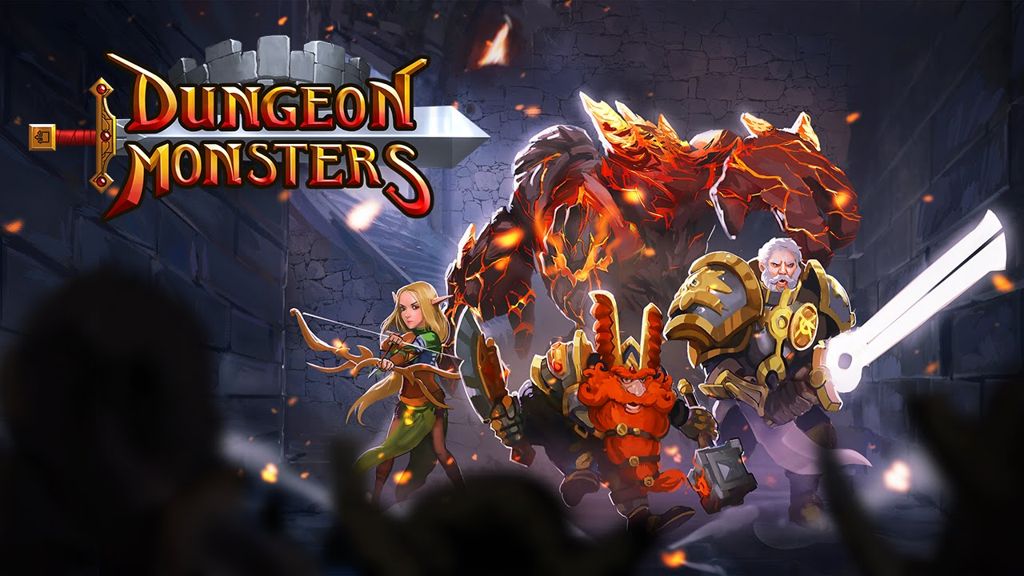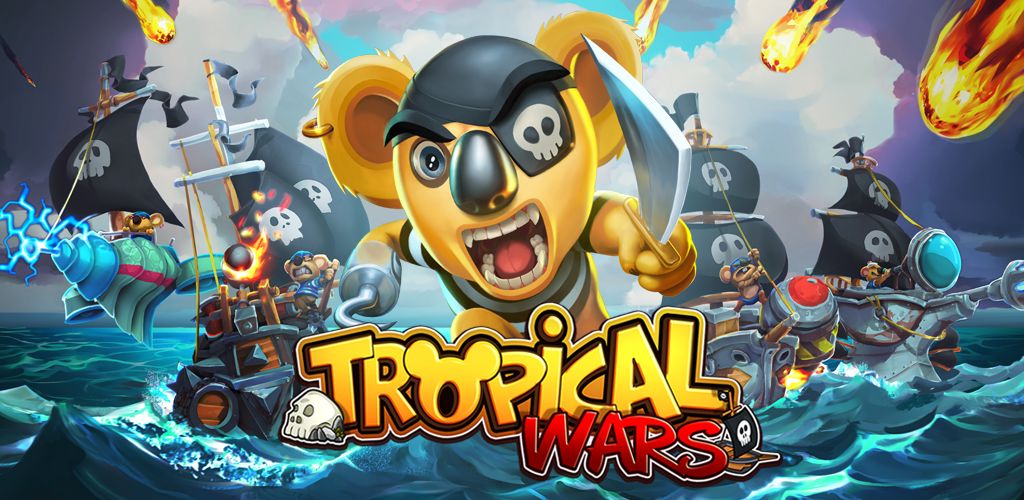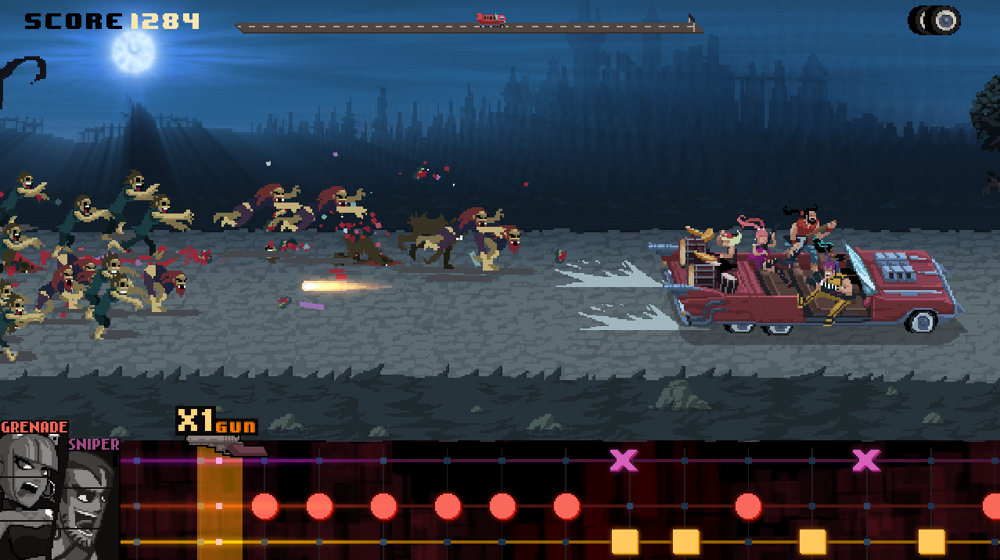· 12 min read
How to Budget your Mobile Indie Game
Nathan Lovato
Nathan is a game design expert at GameAnalytics. Currently founder and game design instructor at GDquest.
It’s hard to estimate the amount of work required to produce a game from start to finish. We know it can be costly. It turns out there’s not a lot of information on the topic out there, thus it’s hard to schedule a project right. That’s why we asked independent studios to share some advice to help you budget your next indie mobile game.
Larger companies have dedicated project managers or producers to take care of that. Hence, we’re going to focus on indie studios.
How to get a mobile game budget right: the basics
In short, there are only so many steps you must tackle to budget your game right:
- Plan your fixed costs (office rent, supplies, hardware, software licenses, legal support, accounting…)
- List all the tasks required to ship the finished product
- Break down the tasks into small, measurable components so that you can put a price tag on everything
On top of your employees, you’ll need to research the prices for freelancers too, whenever you need them. That’s a lot of work, not always the most interesting one, but it’s necessary if you don’t want your project to take years while it should only take months. Or if you don’t want to go bankrupt, too.
Coming up with an honest budget helps you keep both feet on the ground. It can be a tedious process at times, but it will help you stay confident in the project moving forward. Or it will help you see the wall coming from afar, and let you reduce the scope before it’s too late.
It is hard to find any real figures out there. That’s why around the end of the article, we included some common price ranges for 2-D art, music, PR companies and translations, when you hire freelancers.

Find all your future expenses
You will have some fixed expenses: paying the rent for the office, hardware, software licenses, but also legal advice, accounting, commuting to work, meals, etc. You want to track them all, down to the office supplies and internet access.
The bulk of the budget should be salaries. We pay employees on an hourly basis. So, the bulk of the process is estimating how many hours the game production is going to take per person, per task. Sum them, add your fixed costs and you get your total budget.
That’s why we plan everything in production. It helps to keep the game on track, keep a good sense of your progress – this comforts you when all is well. It’s hard to do it from the very start of the project, before you have a good prototype. Especially as Indies, I think it’s better to prototype the game first, and spend a bit of time in preproduction before you can really appreciate everything you will need to do.
As a freelancer, you go through the same process: you break down every task to its smallest measurable component, calculate how much time it’s going to take you, and use that to give the client a quote.
An example:
as a freelance game artist, I would list all the sprites I had to make. Say 5 characters, 2 backgrounds composed of a sky, 2 houses, a road, 3 cars, etc. I had time measurements ready from past jobs, to estimate the time each would take.
Say you have to create 10 characters for a mobile game, and it takes 2 hours apiece. That’s 20 hours in total. Multiplied by $30, the cost estimate would be $600. That is still how I budget projects today. The good thing about this approach is it doesn’t waste too much time, because you should plan how many assets you have to create and measure if it’s feasible, be it just to scope the game right.
Advice and broad figures from mobile game studios
It’s always good to have some figures and examples to compare our cost estimates against. In our saturated market, it tends to cost more and more to stand out from the crowd and ship a financially successful mobile game.
Nicolas, from Manacube, spoke with us to share some tips to get started…

“I’d advise to think in terms of man-months rather than budget, because everyone is in a different situation. You might be salaried or not, but on top of that the labor cost varies greatly between countries. A small game like Crossy Road should take up to 3 months for 4 persons. Maybe a bit less. A 3-D runner like temple run or Subway surfers takes 5 to 6 months for a team of 6 to 10 persons.
From our experience, on mobile, for a mid-sized indie game, you’re looking at a budget ranging between $100,000 and $500,000.
Under $100,000, it’s either a super casual game, like our Cliff Hopper, or it means the studio pays on sweat equity. It’s rare for independent companies to invest more than $500,000 though. Then, for larger publishers, it goes up to 20 million. I expect those numbers to keep rising in the future.”
Nicolas’s figures take all the work in account, from the preproduction to the release. Depending on the studio, this might or might not include communication, which you may delegate to a PR agency. More on that in a moment.
We got in touch with Matthieu Barbier, from Vertige, who accepted to share the studio’s last budget:
“We dedicated $650,000 to our game Tropical Wars.”

The specifics of mobile games
For the most part, budgeting a game project is the same on desktop and mobile. The bulk of the work is to develop the game and communicate on it. Even desktop titles feature in app purchases nowadays. That is not specific to mobile anymore. But some areas will be particularly expensive relative to the overall production cost:
- Managing in app purchases
- Managing ads
- Building and managing in-house analytics
- Running a Soft launch
Note that these unique traits are also true for web games.
“There seems to be 2 axes from which the specificity of mobile games arises: the minimum viable scope tends to depend on the platform. Consoles and mobiles don’t give you the same constraints and requirements. I’d say the second axis is business model: Free to Play versus Premium.” Explained Nicolas.
It’s not an exact science
Budgeting is never 100% accurate. Always keep in mind that you are working with estimates. You won’t get it perfectly, but you want to reach a high degree of accuracy. You don’t want to force yourself into the budget either. Not down to the dollar at least. You do want to respect it to the best of your ability, but you can’t cut on the game’s quality to the point where it will hurt your return on investment. Instead, give yourself a safe error margin.
As a freelancer, the rule of thumb is to add 20% to the cost estimates. This covers the unexpected obstacles that appear moving forward.
The tasks that come last can be hard to estimate right. E.g. Voice acting, or translations: you might produce more text than planned initially, and those jobs tend to cost you per word or per line. In those cases, it’s better to ask fellow developers who released game like yours to share figures with you, and to overbudget that part. At least for the elements I can’t plan ahead, I prefer to have a safe margin. If you don’t spend all the money, great! It will be available for other tasks down the road.
The costs per category
You should know how much your salary and your employees are going to add up to. But on top of that, you’ll likely need freelancers for music, extra art, translations, or any domain that doesn’t require someone in-house full-time. That’s why we asked game studios to share the most common price ranges for composers, sound designers, translators, voice actors, and PR people.
We’re only talking about the cost of quality work here. Experienced professionals. Freelance rates can go very low if you hire cheap artists, students… and rip them off! But they won’t do you good.
2d game artists
Freelance 2d game artists charge fairly low, as the market is both saturated and highly competitive. Decent animators go down to $200 per day, and I charged an average of $250 myself back in the day, for mobile game sprites. In 3d it’s different. With the need for specialists, the more experienced ones charge more. $300 and above are a lot more common.

Composers
A composer or music producer will generally charge per minute of finished soundtrack. The rates commonly range between $250 and $1000 per minute. The gap might seem huge, but keep in mind that the price tags correspond to distinct levels of services. For $1000, you’ll certainly hire more experienced artists, but they might also include unlimited reviews make sure you get the tunes that you want.
Public Relations
PR is typically a domain that eats up a ton of time, and requires a unique expertise that we lack as indies. A PR specialist should have a solid network to get your game in the hands of the media, but they can also do some community management for you, depending on the company.
I never hired an agency myself, so I got in touch with developers who did. David Elahee, co-founder of the Headbang Club, former developer at MotionTwin, says that for good coverage, you need to hire an agency for 2 to 3 months at least. The costs commonly range from $2000 to $5000 a month, depending on how many territories and services you ask for.

Thomas Bidaux, crowdfunding expert at Ico Partners, confirms that it is common for contracts to last about 3 months.
“Don’t forget to take in account the specific events and the focused networking that PR agencies cannot do for you”, added David. They’ll cost you some extra.
Translations
As far as translations are concerned, you’re looking at prices ranging between $0.04 and $0.15 per word, depending of the complexity of the task. The former is typical for proofreading, while the latter is for the full translation, from scratch. This might go higher than that in other industries. These are the typical costs for indie developers, who have limited budgets.
Every dollar matters
This should be your mantra when you’re working on a budget. Whether your budget is a $3000 or $300,000. A good entrepreneur knows that one of the keys to success is to be diligent, industrious even about the management of the team’s resources. Budgeting takes research, careful work and some strong realism. If you are not experienced enough for the task, you’ll want to be extra careful.
Failing to plan a project right causes headaches down the road. If you end up in a situation where you cannot pay one of your employees, you will lose their trust. If instead you can’t pay yourself anymore, it’s bad for you and your family. You cannot predict health issues for instance, and you’d better have a safety net, even as a game developer. Working in games is tough, but that doesn’t mean we shouldn’t try to live healthy, fulfilling lives.
Another way to get your budget right could be to partner with a good publisher. They will challenge your estimates and expectations. They should also have experience distributing the games on different platforms and in different countries, and cover some of the costs for you. It’s not uncommon for publishers to take care of a project’s localization for instance. That said, you will still have to be very careful with who you are working with, and the exact terms of the contract.
Last tip: Ask fellow developers
Few companies disclose their exact costs online. But if you meet developers at events or during meetups, they often have no issues talking about money.
Online, many willingly share their struggles and experiences in detailed post-mortems. However, as it’s still common for indies to live on savings, they rarely have a budget or talk about it. Instead, post-mortems tend to focus on development, communication and its impact on sales. That’s why you should get in touch with creators directly. And ideally face-to-face, where it’s easier to get the answers.
Budgets are only relevant to a certain project, with a given scope and output quality. Thus, you don’t want to get any studio’s figures. Instead, you should contact developers who made games like the ones you’re working on. If you’re creating a casual RPG, find and ask companies that made casual RPGs or games with similar size and features. Kindly ask them for specific costs, like art, music, or the development of a given system. You do want to ask about their freelancers’ rates too if you’re going to need some.
Now you have some knowledge at your disposal to budget your next mobile game. Use it wisely!